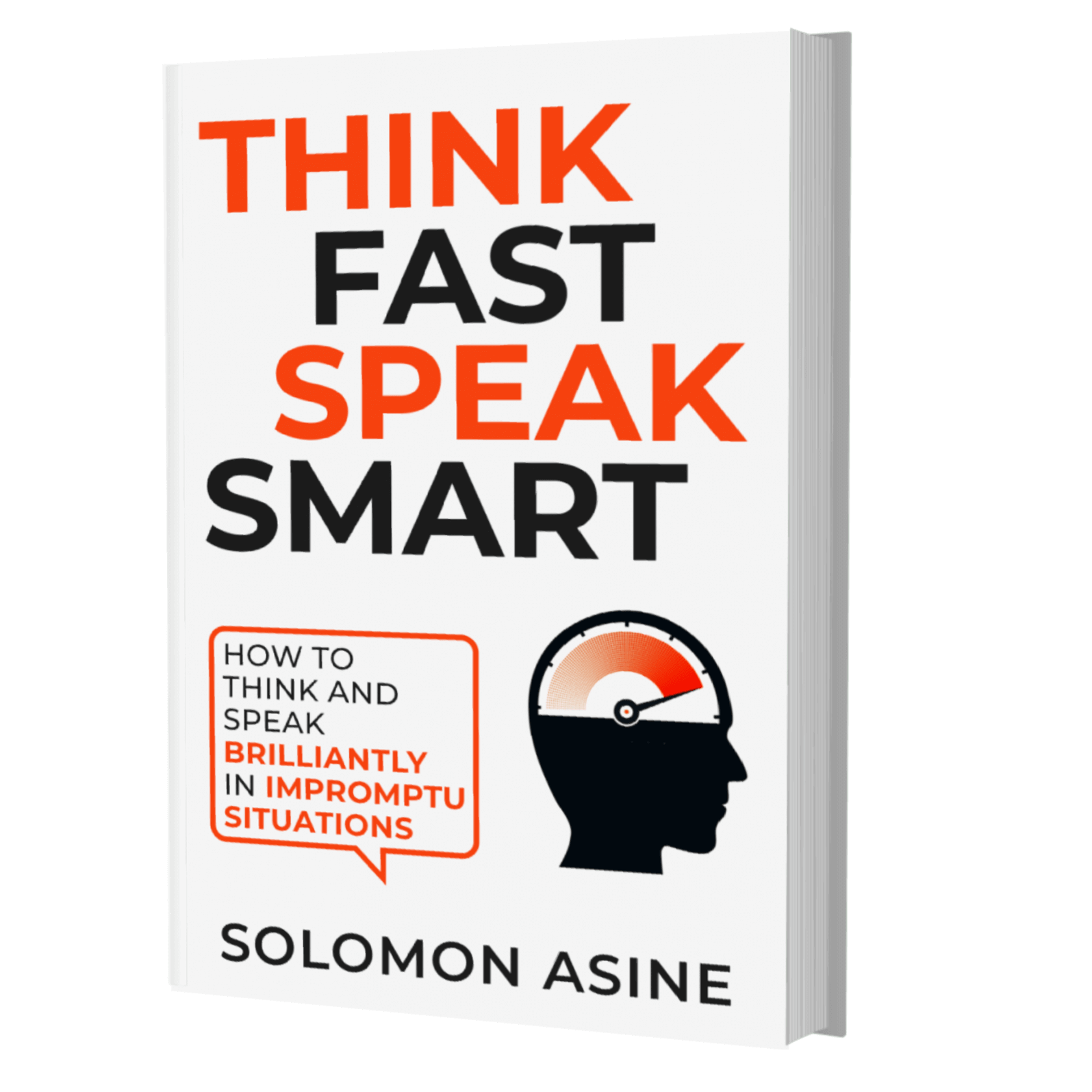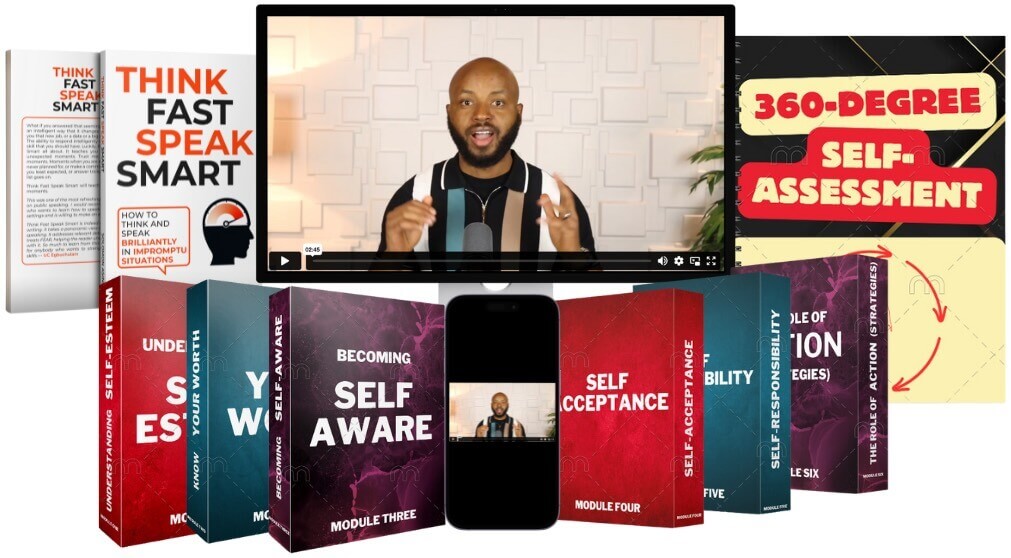
Leaving a Toxic Job: 10 Steps to Get Out
Have you ever found yourself stuck in a job that drains the life out of you? A challenging 9 to 5 job can be difficult
Small talks are critical to building rapport and establishing connections with people.
Even though it is called “small talk,” it can be a big challenge for many people, particularly introverts. As an ambivert, I was not always a fan of small talk. But over time, I realized how useful and powerful it is in social situations.
With small talk, you can make a memorable first impression, initiate a perfect start to a long-lasting relationship, prevent awkward silences in social situations. Research even shows that small talk can boost our problem-solving ability.
I am going to share what I have learned about small talk and ways that you can get better at it. But firstly, let’s be clear on what small talk is.
A small talk is a casual conversation about uncontroversial and unimportant matters.
According to Wikipedia, Small talk is an informal type of discourse that does not cover any functional topics of conversation or any transactions that need to be addressed.
Cambridge Dictionary sees small talk as a conversation about unimportant things, often between people who do not know each other well.

There is no better or easier way to open up a conversation than by giving the other person a genuine compliment.
Indeed, compliments make the other person feel special, appreciated, and more open to connecting with you better.
According to Psychotherapist Lindsay Liben LCSW, a compliment is a valuable tool used to enhance and nurture relationships that encourage a deeper intimate connection.
As stated in Opera Daily, a genuine, kind, and thoughtful compliment is magical and has the power to turn someone’s day around, making them feel appreciated, proud, and happy.
Open-ended questions allow the other person to give a free-form answer and express themselves more.
By asking open-ended questions, you can get the other person to become vocally active, making the conversation more engaging.
This takes away the pressure of you having to worry about doing most of the talking.
Open-ended questions become even more effective when you make the question about the other person.
That is, ask them questions about themselves.
Understand that people are more excited and willing to talk about themselves than about other people.
A study shows that as humans, we find talking about ourselves to be equally as satisfying as food or money.
A good way to achieve open-ended questions is by asking ‘How’ and ‘Why’ questions.
This way, you get the other person to express themselves more since their detailed answer will likely provide more insight.
Imagine discussing football with someone who hates the sport (or at least has no interest in it).
You can share similar interests with a conversation partner because:
Indeed, by identifying the common interests and by revolving the talk around such interests, the discussion becomes more natural and fun.
This ensures that the topic for discussion is one of interest to you and others.
Making small talk on unfamiliar topics may drag your acquaintance to an unfamiliar territory, leading to an awkward silence that makes them want to end the conversation as quickly as possible.
Remember, people love talking about themselves and things that interest them, so please bring up familiar and exciting topics.
Since you know almost nothing about the other person, you need to avoid talking about something too personal.
It is unlikely that they would discuss personal issues with strangers, so you should try to keep the discussion as light as possible.
Author and blogger, Gretchen Rubin, suggest we choose topics that are of common interest to both parties.
So avoid topics on:
Rather, focus on topics like:
Have you ever heard of the “Benjamin Franklin Effect?”. Oh well, now you have!
It states that when you ask someone for help (even if it’s a hater), it makes them like you, and they become more willing to help you.
If this theory can work on an enemy, it should be twice as effective on someone you are just trying to have a conversation with.
Remember to avoid serious topics when asking for advice. An example of a good question would be,
Do you think a black shoe would fit my clothes better?
Such a question keeps the conversation on a light note while taking advantage of the Benjamin Franklin Effect.
Even though the theory focuses on help and not advice, the impact is the same.
According to Science of People, asking for advice is a people’s hack that can bring you closer to others and strengthen your bond with them.
In every conversation, it is essential to know when to talk and when to listen.
It can be challenging to know when to talk and when to listen, especially when you have a lot to say.
Nonetheless, there are rules to keep you guided.
One of such rules is the “Traffic light rule,” recommended by the co-founder of Heartfelt Leadership, Dr. Mark Goulston.
According to Goulston, the light is green in the first 20 seconds of talking. At this stage, your listener likes your relevant talk.
The yellow light is the next 20 seconds that make up 4o seconds, and people who talk for more than half a minute at a time are often considered too chatty.
Here, the other person already thinks you are long-winded, and they might start to lose interest.
The red light stage is the final last 20 seconds of a minute. Your light turns red at the 40-second mark.
At this stage, it may be tempting to keep on talking, but it is advised you stop, using either a question or a statement that gives the other person the opportunity to say something.
Bottom-line, create a balance between talking and listening.
Small talk is great for building rapport and establishing connections with an acquaintance.
However, it can be quite a task for some persons (especially introverts).
But it doesn’t have to be that way; you only need to put in the extra effort by learning to master the art of small talk.
Tell me! Are you good at making small talk?.
Are you the anxious type who always shies away from the opportunity to chat with others, or are you that confident person who is always ready to engage with others anytime?
Comment below. I would love to hear from you.

To empower you to cultivate a strong self-esteem that transforms your relationships and equips you to overcome life’s obstacles with resilience
New!!! Free Training Replay in...
Check out our latest articles. Boost your social intelligence

Have you ever found yourself stuck in a job that drains the life out of you? A challenging 9 to 5 job can be difficult

You can express yourself confidently without feeling shy or experiencing burnout. Here is how to exude confidence as an introvert. As an introvert, maintaining your

Anyone, including introverts, can live an interesting and fun-filled life. Here is how to be interesting as an introvert. Generally, many people believe that introverts

We sometimes wonder if going into a relationship with a fellow introvert is a good idea. I mean, won’t the relationship be as boring as hell? Maybe not really!

Are you ready to get out of your shell to start your dream business? Here is how to be an entrepreneur as an introvert and become successful!

As an introvert, you might be wondering if you really can become successful as a business owner. Read on to know how business success works for introverts.

Sign up for our mailing list and you will receive the first chapter free!
By signing up, you agree to our terms and privacy policy.
Warning: Apply The Methods in This Training Responsibly

Sign up for our mailing list and get the first chapter for free!
By signing up, you agree to our terms and privacy policy